Frequently Asked Questions
What's the first step to apply?
First, you must be enrolled at ACC. Please see this page for information about how to get started.
I want a career in health care but I don’t want to work with needles or body fluids. Will radiology be a good choice for me?
Radiologic technologists must work with all types of patient conditions including patients with IVs, catheters, drainage tubes and ostomy bags. Radiologic technologists must be able to provide direct patient care before, during and after the exam. Patients may experience nausea, vomiting, fainting and even cardiac arrest while being x-rayed. The technologist is the primary care-giver when the patient is in the radiology department.
What skills or backgrounds do most radiologic technologists have?
There is no specific background that ensures an individual will be successful in the Radiology Program or as a radiologic technologist. While the technologist uses imaging technology, the patient care aspect is equally important. Strong math and science backgrounds, excellent psychomotor/hand-eye coordination, organization, concentration and interpersonal skills are a must to learn and work as a radiological technologist.
How long does it take to learn to be a radiologic technologist?
Austin Community College offers an Associate of Applied Science (AAS) Degree and a Limited Medical Radiologic Technologist Certificate (LMRT) program. The Associate’s degree in Diagnostic Medical Imaging – Radiology takes 2 years to complete and the LMRT certificate program is completed in one year.
Will I be able to advance my education in radiology after completing the AAS degree program?
Austin Community College offers Advanced Technical Certificates in Computed Tomography , Magnetic Resonance Imaging and Cardiovascular Interventional Technology for students who graduate with the Associate’s Degree. Each of these programs is two semesters in length. Students may also continue their education with a Bachelor of Science degree from other colleges and universities.
Students who complete the LMRT certificate program can advance their education by bridging over to the Associate of Applied Sciences Degree program.
What is the outlook for jobs in radiology in the Austin/Central Texas area?
Medical imaging continues to expand and grow. It is anticipated that this trend will continue and faster than average growth will continue through the year 2022. The status of medical imaging professions, median salaries and other important data can be found on the web site for the Bureau of Labor Statistics.
The employment rate for ACC Radiology Program graduates is approximately 90% and has been on the rise.
Is the ACC Radiology Program accredited?
Yes. More information can be found on the Radiology Program Accreditation page.
How much does it cost to attend the ACC Radiology Program?
An approximate cost report is available here.
How much clinical experience is included in the ACC Radiology Program?
The clinical education component of the program requires a total of five semesters of training in the degree program and two semesters of training in the certificate program.
During the first semester of the program, students do not attend clinical training because they must first learn radiation safety, patient care procedures and be able to practice and demonstrate competency in completing basic procedures in the program’s energized laboratories.
Can I do this program part-time or in the evening only?
No, the Radiologic Technologist Program is designed as a full-time course of study which enables the student to finish as quickly as possible and earn the ability to take the Credentialing Examination in Radiography upon successful completion of the program. Clinicals must also be done during regular department work hours which are weekday, day time hours only.
Can I request to be assigned only to clinical sites inside the city of Austin or on the bus lines?
Radiology students may be assigned to any of the clinical sites utilized by the program in the greater Austin area and may not request assignment to a particular site for any reason. Students are assigned to a variety of clinical sites throughout the length of the program to provide a well-rounded clinical education as required by programmatic accreditation.
Sites within the city of Austin may not be served by the public transit system. Therefore, it’s recommended that students have reliable transportation.
How many students are accepted each year?
We admit approximately fifty (50) students each Fall to the degree program and ten (10) additional students to the certificate program.
How do I apply / what are the requirements?
Step-by-step instructions on how to apply to the Radiology program can be found on the program’s Application Process web page.
What is the selection process for applicants?
Information about the selection process can be found at this link.
How are candidates selected for the LMRT program?
Applicants complete one application for both programs. Candidates are ranked according to the ranking process that can be found here. The top fifty to fifty-five candidates are offered a position in the degree program depending on clinical space availability. The next ten candidates are offered a position in the LMRT certificate program.
Can I repeat prerequisite and co-requisite courses for a higher GPA?
Understanding that students need an opportunity to improve what may have been a “false start” in college, repeated course grades will be considered. If a course is repeated, the higher of the first two qualifying grades will be considered in the admission ranking formula.
Can I transfer in courses to fulfill the prerequisites?
Yes, ACC will make the final determination on transfer courses; only credits from regionally accredited colleges and universities are accepted by ACC. However, upper division courses will not be accepted.
I need to work at least part-time if I am admitted to the Radiology Program. Is this possible?
The amount of time a radiology student must spend in classes, labs, study, practice and attending clinical is significant. Plan to spend 2‐3 hours on preparation for every hour of class and lab.
The Radiology Program cannot make accommodations for a student’s work schedule. It is recommended that a student work no more than 20 hours a week if necessary. It’s also recommended that you plan ahead for your financial situation if admitted to the Radiology Program.
Are there any post-admission requirements?
Yes. To see a list of post-admission requirements, see “Provisional Admission Information” on the Application Process page.
Are radiology students in class a lot during the week?
Many courses are taught in a hybrid format with instructions posted to an electronic blackboard. Enhanced learning is then taught during class times. As a rule, successful students may devote 20-40 hours per week to class, labs, assignments, study and clinical. Depending on the students’ capabilities and dedication, each student’s hours will vary.
Is there a tardy or absence policy for the Radiology program?
Lecture, lab and clinical schedules are provided to the student at the beginning of each semester. Due to the intense nature of study, missed class or clinical hours may seriously affect a student’s ability to complete the requirements of his/her course(s).
Each course syllabus contains information regarding attendance requirements and procedures. Excessive tardiness may result in the Progressive Discipline Process or even withdrawal from the program.
If I am not accepted into the Program this year, will I be placed on a waiting list?
No. Each application cycle is a new selection process. You will need to submit a reapplication form and compete against those that apply for that admissions cycle.
If I complete the certificate program and would like to bridge into the degree program, what is the admission process?
Students in the LMRT certificate program will be ranked according to their program GPA. In the spring semester, students will submit a Letter of Intent to transfer and a letter of recommendation to the Department Chair. Positions in the degree program will be offered according to the ranked order and the number of clinical spaces available. If selected, students will continue into the second year after completion of the certificate program. If not selected, students will be placed on a waiting list for the following year. The program guarantees admission to the degree program but cannot guarantee immediate placement.
What types of financial aid are available to me?
The counselors at ACC are more than happy to help you investigate funds available for your education. For information about financial aid, visit the Health Sciences Student Resources page.
Search the Health Sciences Website
Radiology Updates
2024 Health Sciences Spring Completion Ceremonies
We are delighted to extend a warm invitation to you for our Austin Community College's 2024 Health Sciences Spring Completion Ceremonies, where we will celebrate the achievements of our graduating students.
Read moreACC Health Sciences Regional Simulation Center
As the area’s number one educator of healthcare professionals, ACC’s Health Sciences Area of Study equips students for the important work that lies ahead. Our program is amongst the best in the state, and our graduates outperform students from across the nation.
Read moreACC and AFD Celebrate Five Years of Red Angels Partnership
A new plaque proudly hangs on the walls of ACC’s Health Sciences building at Eastview Campus — celebrating five years of making a difference in the community.
Read more

